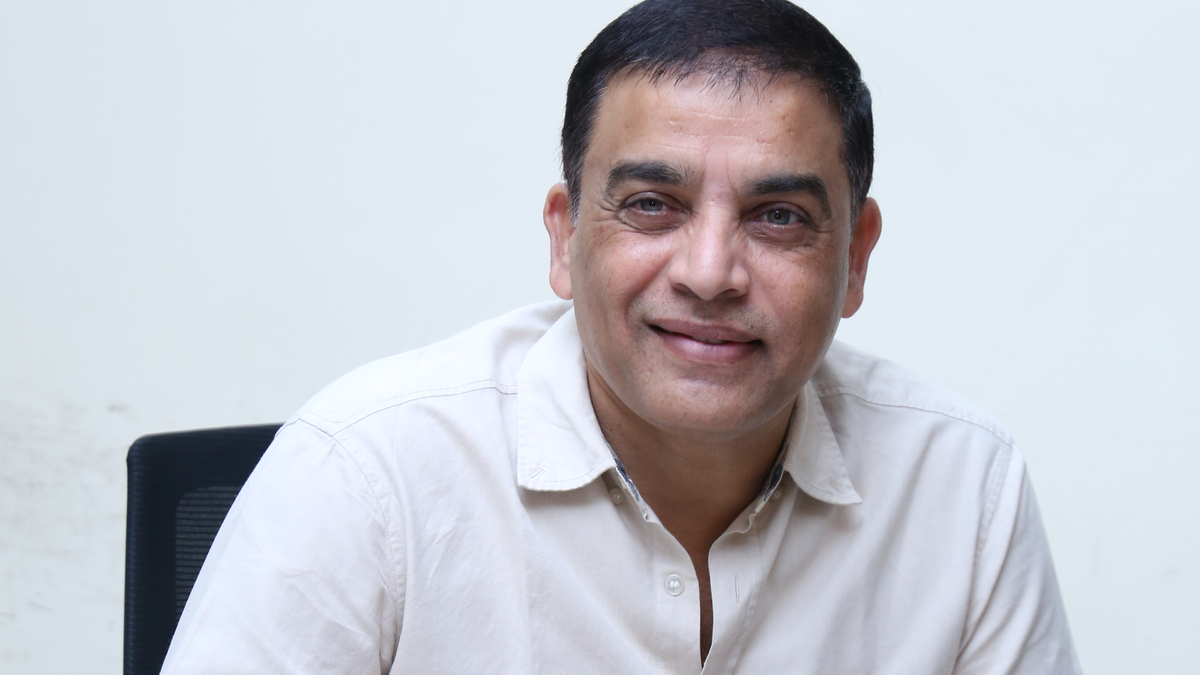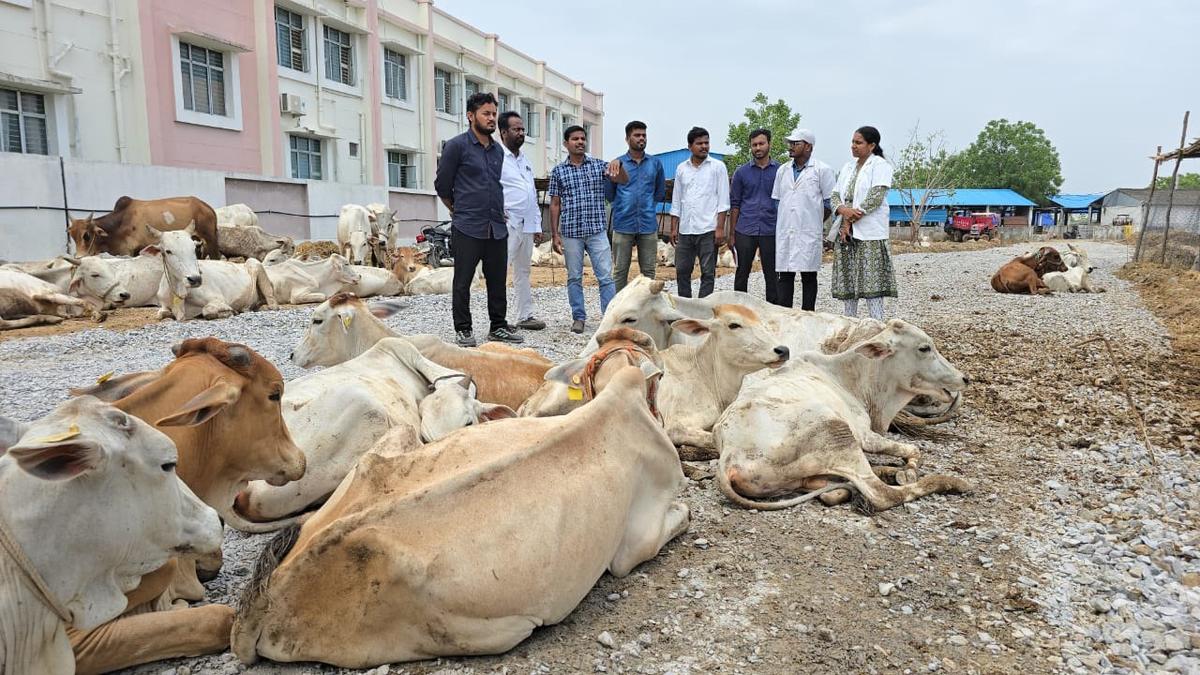Raichur Lok Sabha member G. Kumar Naik has criticised the Union Government’s handling of the Institutions of Eminence (IoE) scheme, saying the Centre has failed to deliver on its core promise of building globally competitive universities even eight years after its launch.

On July 28, the MP had raised the issue in the Lok Sabha.
Following up, on July 31, Mr. Naik released a statement in which the MP stated: “Bureaucratic inertia, underfunding, and lack of institutional autonomy” have derailed the Central Government’s flagship programme for higher education excellence.
“The state of higher education in India speaks volumes in the silence that has followed. The ambition was to put Indian universities on the global map. But as the numbers show, the reality is far from this goal,” he said.
According to the reply by the Union Ministry of Education to his query, only 114 institutions have applied under the IoE scheme since its launch in 2017. Of these, just 11 are greenfield institutions that are yet to commence operations.
The MP termed the figures ‘abysmally low’, noting with concern that prominent institutions such as Jawaharlal Nehru University, known for its work in the social sciences and development studies, are excluded from public funding under the scheme.
Mr. Naik pointed out that while 12 universities have been granted the ‘eminence’ tag, no new Memorandum of Understanding (MoU) has been signed since 2022. “This is because the Empowered Expert Committee, which was supposed to process new applications, has not been reconstituted after its term expired in 2021,” he said.
Highlighting the 2026 QS World University Rankings, Mr. Naik said only six Indian institutions have made it to the top 500 list – five of which have consistently figured in the rankings since 2012.
“The scheme aimed to elevate Indian institutions into the top 500 globally. However, according to the 2026 QS World University Rankings, only six Indian universities have made it to that list so far. Five of these had already entered the top 500 by 2012, during the tenure of the Congress-led United Progressive Alliance (UPA) government. Since then, only one additional institution, the Indian Institute of Science, Bengaluru, has made it to the list under the BJP-led National Democratic Alliance (NDA) government. Even that has seen a steep fall in its global standing, slipping from 147 in 2016 to 219 in 2026,” he said.
Pointing to ₹10,000 crore earmarked for 10 public institutions under this scheme, Mr. Naik claimed that almost 40% of the amount remains unallocated, and even Delhi University had received only ₹481 crore.
“Worse, this year’s budget estimates have been slashed by nearly 68% compared to 2023-24, to just ₹475.12 crore,” Mr. Naik said.
Mr. Naik flagged a broader decline in public investment in education, pointing out that the share of education in the Union Budget has fallen from over 4% in 2013-14 to 2.5% in 2025-26 whereas the number of students in higher education has grown from 3.2 crore (32 million) in 2013-14 to 4.3 crore (43 million) in 2021-22. He added that one-third of faculty posts in Central universities remain vacant as of March 2023.
“The 2017 policy shift from grants to loans has only added pressure on our universities. It is making higher education more expensive for students, and financially unsustainable for institutions.” he claimed.
Quoting a 2023 report by the Ministry of Science & Technology, Mr. Naik noted that India’s expenditure on research and development (R&D) had declined to just 0.64% of GDP as of 2020-21, continuing a downward trend since 2009-10.
“Our researcher base is also shrinking, with the number of researchers per capita five times lower than the global average. While China is producing frontier AI models like DeepSeek, we are struggling to fill teaching vacancies,” he said.
“The quest for ‘eminence’ will no doubt continue, but whether it is driven by meaningful action, or left to wither in quiet neglect is for the Indian political class to decide,” he stated.
Published – July 31, 2025 12:46 pm IST


